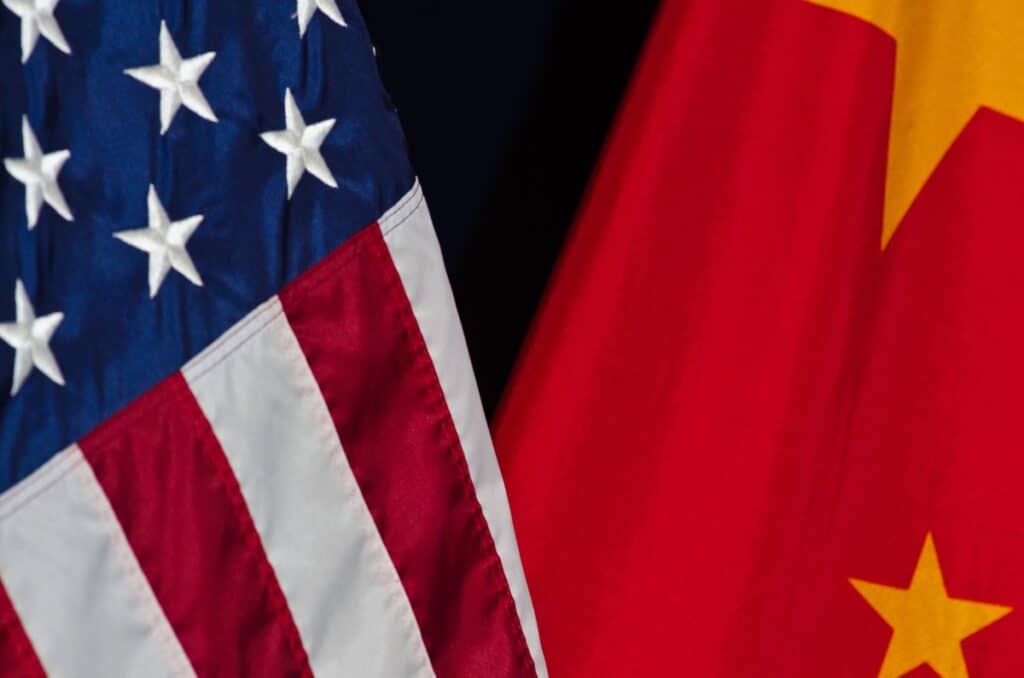
Guest Column By Walter G. Copan
The United States is at an inflection point. A recent report indicates that China now holds a lead over the U.S. in 37 of 44 fields critical to future economic competitiveness and national security, from artificial intelligence to electric batteries to synthetic biology.
Fortunately, Senators Thom Tillis, R-N.C., and Chris Coons, D-Del, recently introduced two bills that will strengthen U.S. intellectual property rights and accelerate technological innovation.
America’s downward slide resulted significantly from U.S. Supreme Court decisions of the last decade that created ambiguity regarding the eligibility of certain technologies for patent protection. For instance, in 2012, the Court ruled that diagnostic medical tests were ineligible for patent protection. In 2014, it ruled the same for inventions implemented via software.
The absence of patent protection deprives innovators of the ability to successfully commercialize their inventions and recoup investments. Consequently, it’s no surprise that R&D in fields such as medical diagnostics have shrunk since those two rulings.
Meanwhile, large companies have become adept at exploiting the Patent Trial and Appeal Board (PTAB) — an adjudicative body within the U.S. Patent and Trademark Office — to stifle smaller competitors. First, the big business steals a startup’s intellectual property. Then, when the latter sues the large company for willful infringement, the behemoth challenges the patent’s validity before the PTAB and in court.
Forced to defend their rights in two venues and facing the risks of repeat attacks on their inventions, many smaller companies are forced to fold. That pattern has become a clear signal to American entrepreneurs and inventors that their patent rights won’t be respected.
These developments are especially damaging for scientists on university campuses, who are responsible for nearly one in every ten technological innovations in the United States.
Research universities rely on forming startups and on licensing their patented discoveries to private-sector partners to invest and bring them to market. When IP rights are unreliable, partners and investors shy away from devoting the time, money, and effort necessary to turn inventions into real-world products.
That leaves breakthroughs for critical industries stranded, where major discoveries may not find private-sector investors because of the uncertainty around patent rights. Over the past decade, this phenomenon has been limiting U.S. innovation.
One of the proposed bills, the Patent Eligibility Restoration Act (PERA), would clarify the types of subject matter eligible for patent protection. Specifically, it would eliminate the key problems related to patent eligibility created by Supreme Court cases, which have caused widespread confusion among inventors.
The other bill, the Promoting and Respecting Economically Vital American Innovation Leadership Act (PREVAIL Act), would reform PTAB proceedings in critical ways. Among its essential improvements, it would require challengers to choose just one venue — either the PTAB or the courts, not both — in which to dispute a patent’s validity.
Taken together, the two bills would assure innovators and startups that their discoveries are patentable and their rights secure. Such clarity promotes further research and innovation in industries central to our national security.
The future of U.S. technological competitiveness is in Congress’s hands. It’s up to lawmakers to make the right choice.
Walter G. Copan, PhD, is vice president for research and technology transfer at Colorado School of Mines, and senior adviser with the Center for Strategic and International Studies and co-founder of its Renewing American Innovation project. He previously served as director of the National Institute of Standards and Technology (NIST).





